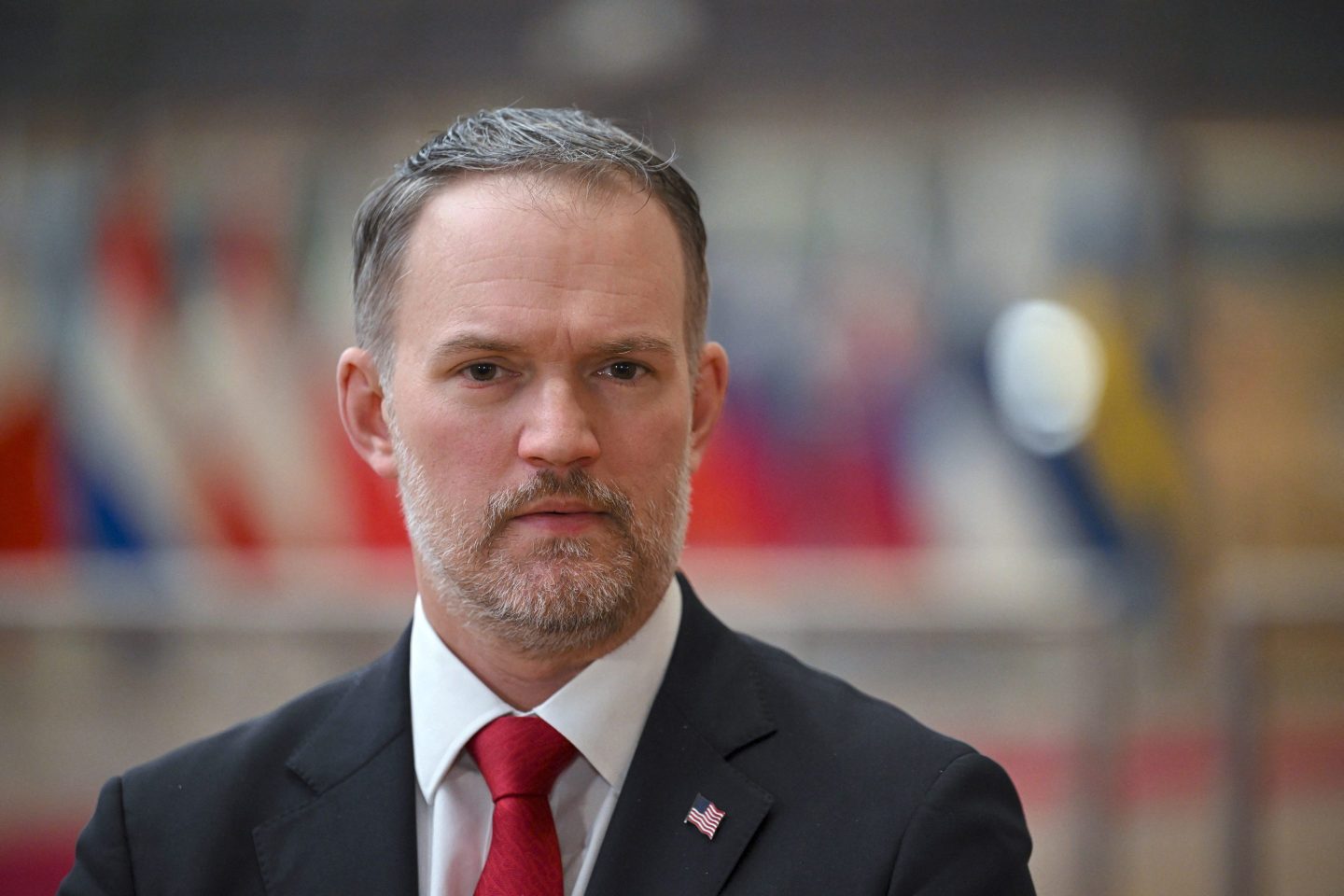At Fortune Brainstorm Tech in Aspen this week, the most enlightening part of my interview with CBS Interactive president Jim Lanzone and NBCU EVP Lauren Zalaznick came when they riffed on the companies that are upsetting their old TV worlds.
On Netflix : “The future is very bright,” said Lanzone. Zalaznick announced “a personal plea to Reed Hastings to keep the long tail alive.”
On Amazon : “Jealous of Prime,” Lanzone admitted. “Can’t get enough of Amazon,” said Zalaznick.
She called Google “awesome, scary, can do anything they want,” while Lanzone confessed he worries most about Apple .
These two TV execs directed their most provocative comments, though, at YouTube–the subject of Fortune’s new cover story. In the piece, my colleague Miguel Helft casts YouTube as an irrepressible mainstream entertainment platform and says that following the broadcast and cable TV eras, “the new era is the web incarnation with tens of thousands of channels tailored to niche audiences.” He calls YouTube “the next generation Comcast, Time Warner Cable, and Cox Cable rolled into one.”
Zalaznick, who works for NBCU owner Comcast , essentially agreed, noting that people today are saying about YouTube today as they did 30 years ago when cable TV was dawning. “Everyone saying ‘there’s too much choice, nobody wants that.’ That was 30 years ago,” Zalaznick said. “’Amateur content, nobody wants that.’ That was also 30 years ago. And ‘Advertisers will never want that.’ That was also 30 years ago.”
“The dissimilarities are the finances, which were very strong at the very dawn of cable,” Zalaznick added. But someone will figure out the finances, she believes. “To use a youthful phrase, it’s all good. Because when there’s that much energy around audience consumption, you have to be there. And you will find a way to commercialize it.”
She’s out to prove her point about YouTube’s transcendence: Next week, Zalaznick plans to take her daughter to VidCon, the world’s largest online video convention. That’s a YouTube fan’s dream ticket–and her daughter’s high-school graduation present.
Here’s the full transcript and video of my interview with Lanzone and Zalaznick–and a correction since during the session, I erred in quoting some Nielsen stats from Fortune‘s YouTube story. These stats are correct in the story: Americans watch 34 hours of TV and one hour of online video weekly. But habits are shifting, as 18-to-24-year-olds watch 23 hours of TV and two and a half hours of video online.











